Food security remains a global challenge, with over 735 million people experiencing hunger in 2023, according to the United Nations. While many developed economies have near-universal access to food, the disparity in distribution remains stark, particularly in Africa, where almost 20% of the population faces food insecurity. Public Distribution Systems (PDS) have played a critical role in addressing this crisis worldwide. Countries like India and Brazil have demonstrated successful Public Distribution System (PDS) models, leveraging digital interventions to ensure that food reaches those in need. In Africa, however, the system grapples with inefficiencies, corruption, and logistical hurdles. Despite these challenges, technological innovations are transforming food distribution, providing a beacon of hope for sustainable solutions.
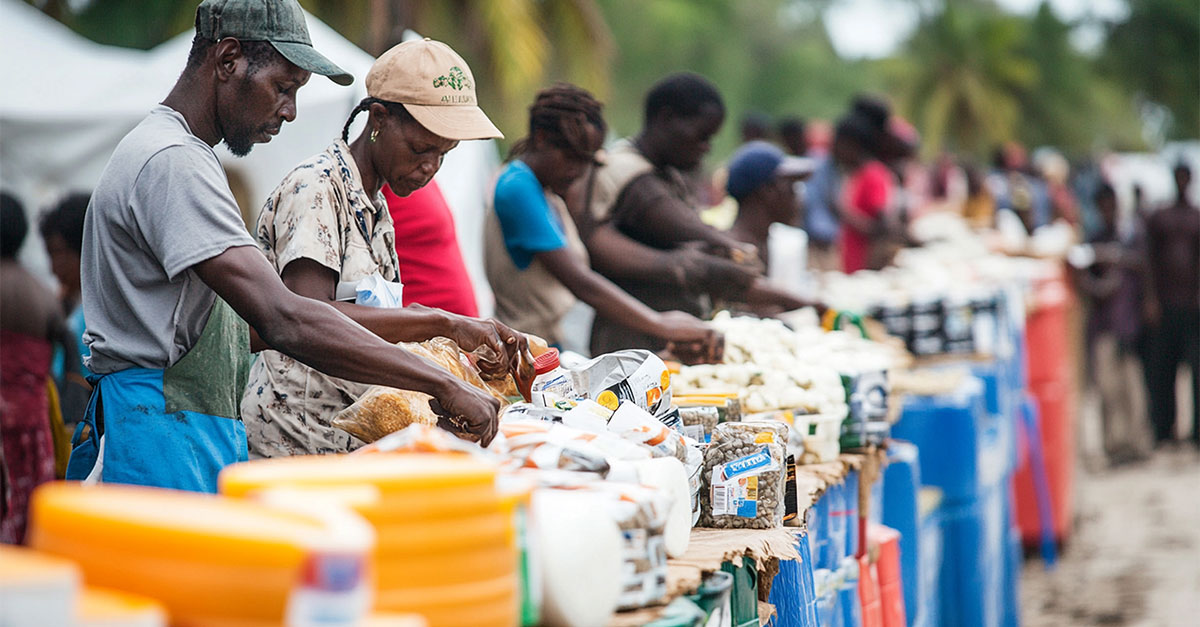
The State of Public Distribution in Africa
Africa’s food distribution landscape is diverse, reflecting the continent’s socio-economic and geographical complexities. Governments have traditionally employed a mix of direct food aid, subsidized sales, and community-based interventions to support vulnerable populations. Countries such as Ethiopia, Nigeria, and Kenya have implemented large-scale food subsidy programs aimed at stabilizing food prices and ensuring food access. However, these efforts often fall short due to infrastructural bottlenecks, mismanagement, and political interference.
In many regions, inadequate transportation networks hinder the efficient delivery of food supplies. Rural communities, where food insecurity is most acute, remain underserved due to poor road connectivity and high logistics costs. Additionally, supply chain leakages and corruption result in significant losses. In Nigeria, for example, reports indicate that a substantial portion of subsidized food products fail to reach intended beneficiaries due to pilferage and bureaucratic inefficiencies.
Challenges in Implementation
One of the primary issues with Africa’s PDS is a lack of transparency. The absence of a robust tracking mechanism leads to widespread diversion of subsidized goods to black markets, where they are sold at inflated prices. Moreover, beneficiary identification remains a challenge, as many citizens lack formal identification, making it difficult to ensure that food assistance reaches the most vulnerable.
Financial constraints also pose significant barriers. Many African governments face budgetary constraints, which hinder their ability to sustain large-scale food subsidy programs. External donor agencies play a crucial role in funding public food distribution; however, reliance on international aid raises concerns about long-term sustainability. Climate change further exacerbates food insecurity by disrupting agricultural production, making it imperative to develop resilient distribution networks.

Innovations Transforming Public Distribution
Despite these challenges, Africa is witnessing promising advancements in food distribution through technology-driven initiatives. Digitalization of supply chains is emerging as a game-changer, enhancing efficiency and transparency in food distribution programs.
Countries like Kenya and Ghana have introduced mobile-based food voucher systems, allowing beneficiaries to access subsidized food at designated outlets. These systems reduce dependency on intermediaries, thereby minimizing corruption and ensuring food reaches the intended recipients. Additionally, Blockchain technology is being explored to create tamper-proof records of food distribution transactions, curbing leakages in the system.
Biometric identification systems are also being integrated into PDS models to streamline the targeting of beneficiaries. In Ethiopia, the government has collaborated with tech firms to implement digital identification mechanisms, ensuring only eligible individuals receive subsidized food. Similarly, artificial intelligence (AI) and predictive analytics are being leveraged to forecast food demand and optimize supply chain operations.
Policy Recommendations and the Way Forward
For Africa to strengthen its PDS, a multi-pronged approach is necessary. Governments must prioritize infrastructure development to improve the last-mile delivery of food supplies. Investments in road networks and storage facilities will enhance efficiency and reduce post-harvest losses.
Transparency measures, such as real-time tracking systems and digital payment solutions, should be expanded to curb corruption. Public-private partnerships (PPPs) can play a crucial role in bridging funding gaps and bringing technological expertise to PDS frameworks. Moreover, empowering local communities through cooperative models can enhance distribution efficiency and promote self-reliance.
Regional collaboration among African nations is also essential. By sharing best practices and developing cross-border food security strategies, countries can create a more resilient distribution network. Initiatives such as the African Continental Free Trade Area (AfCFTA) provide a unique opportunity to foster food trade and reduce dependency on external aid.
Conclusion
Africa’s public distribution system is at a crossroads, facing deep-rooted challenges but also presents immense opportunities for transformation. By embracing technology, enhancing governance, and fostering collaboration, the continent can build a more efficient and transparent food distribution network. Ensuring food security for millions of Africans requires collective effort, innovation, and sustained policy commitment.
The public distribution system is a government-sponsored chain of shops entrusted with distributing basic food and non-food commodities to the underprivileged members of society at an affordable price. CSM Tech’s Fair Price Shop Automation System has been designed and deployed to enforce complete transparency in PDS transactions among beneficiaries and Fair Price Shop dealers. The system focuses on driving authenticated transactions to reduce leakages and pilferage. Hand-held electronic Point of Sale (e-POS) devices installed in 100% of the FPS outlets in the State are used to verify the Aadhaar biometric credentials (i.e., fingerprints) of the beneficiary before issuing entitlements.
At CSM, we have leveraged digitization and automation, combined with the strategic application of information and communications technology, along with software applications, to revamp the PDS, making it more convenient, secure, and reliable than ever before.












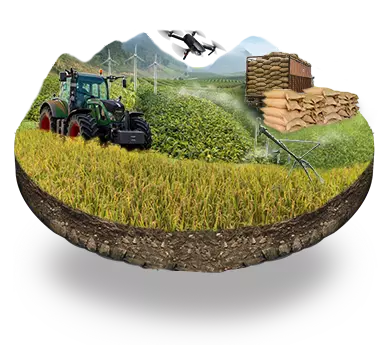











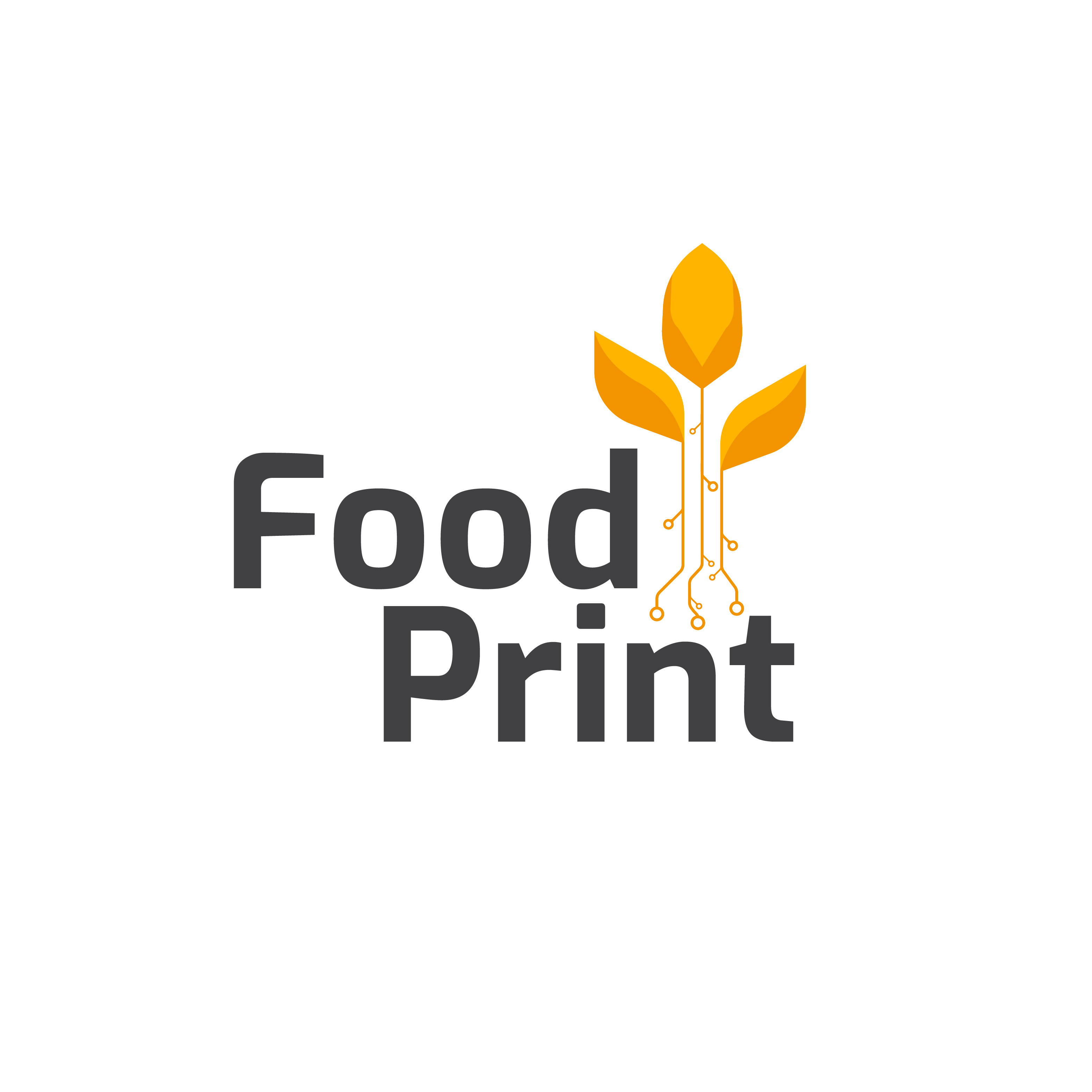

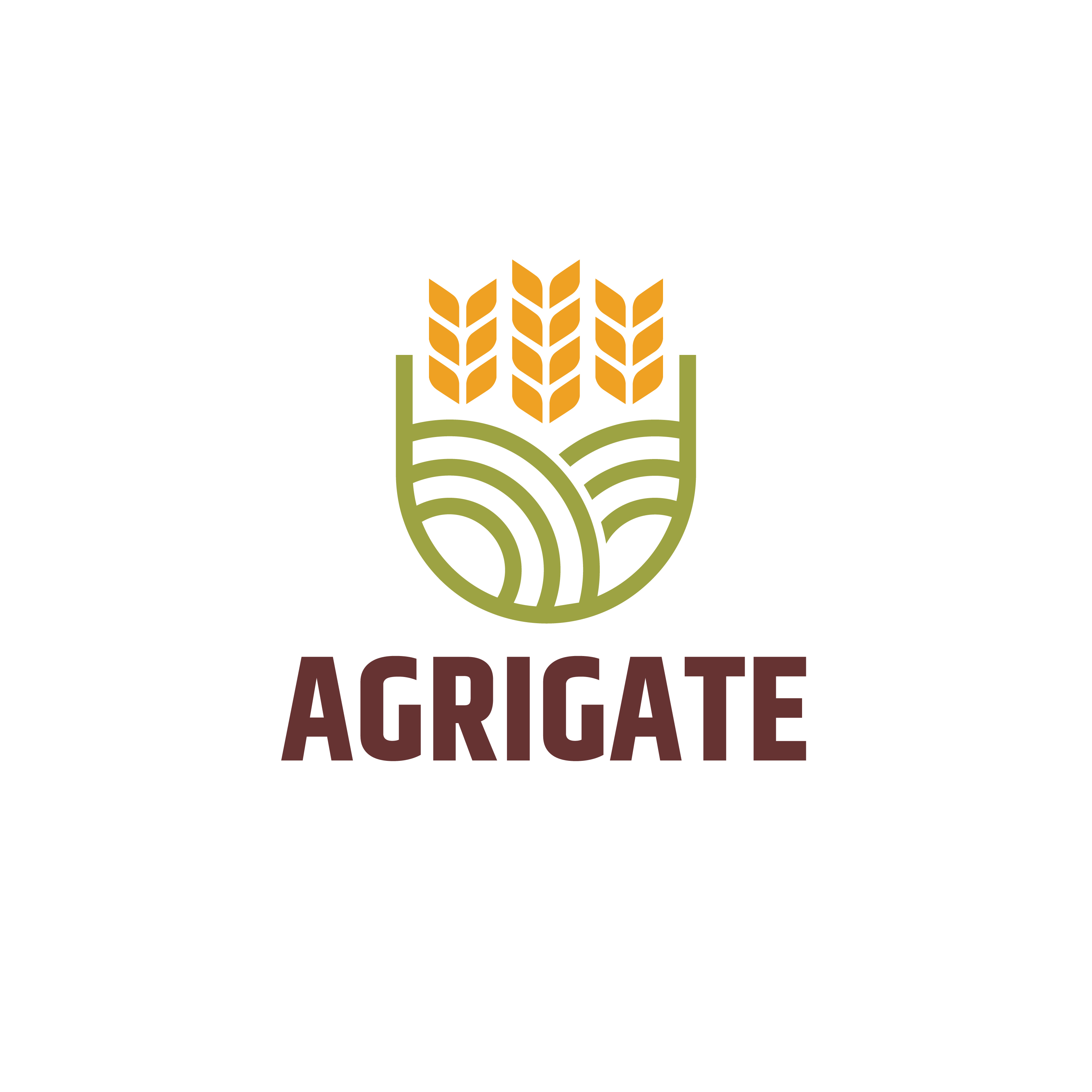










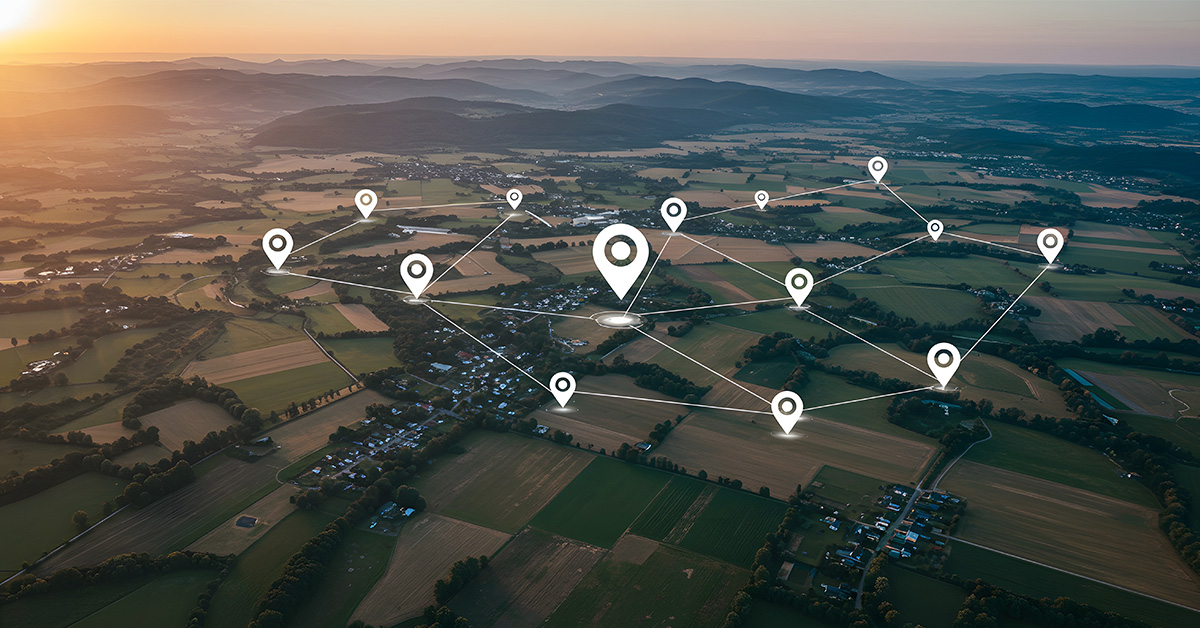













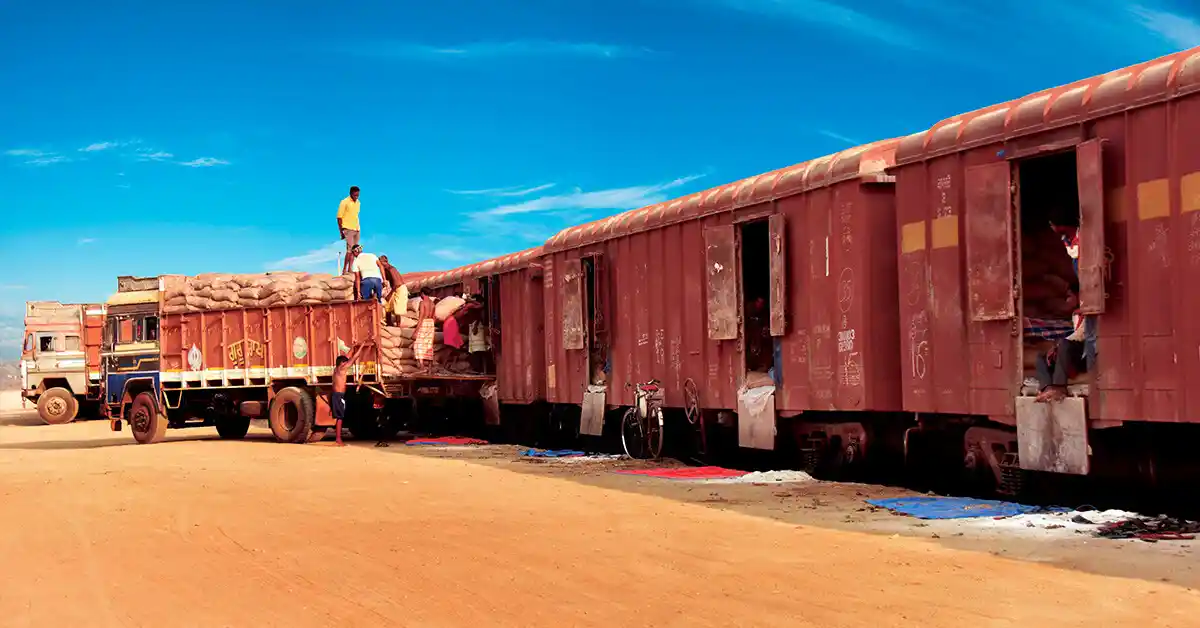



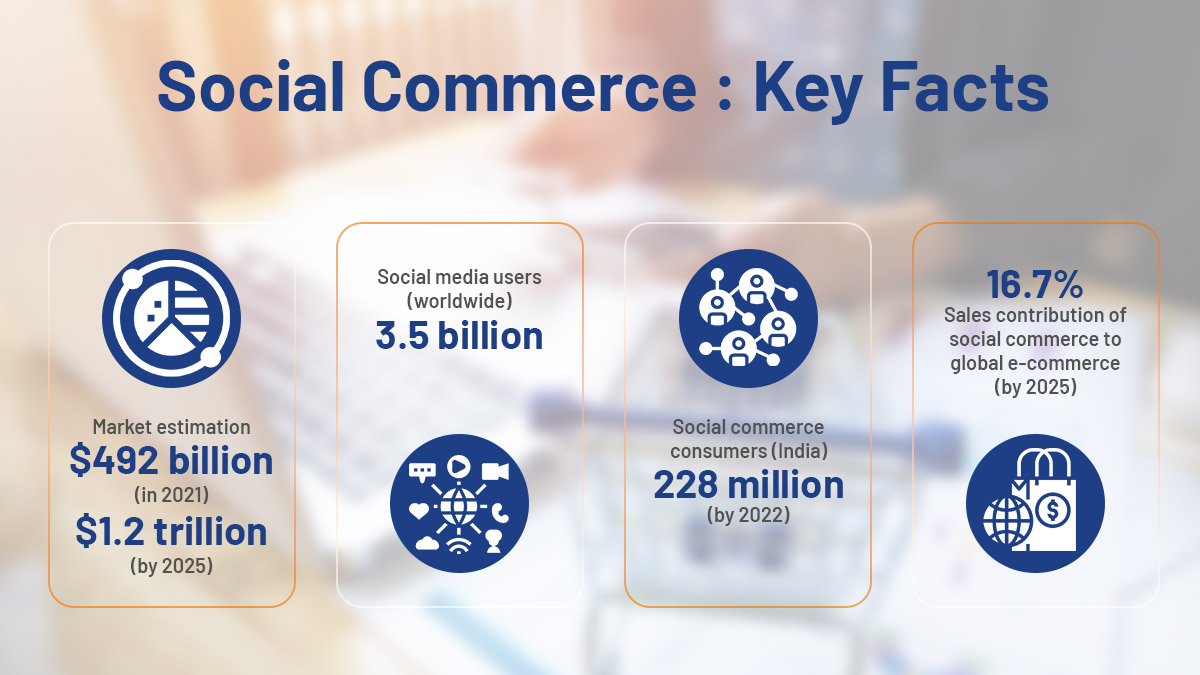


We will verify and publish your comment soon.